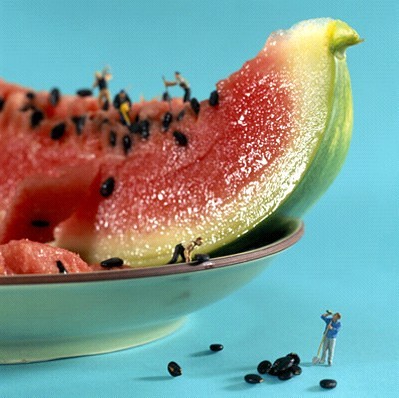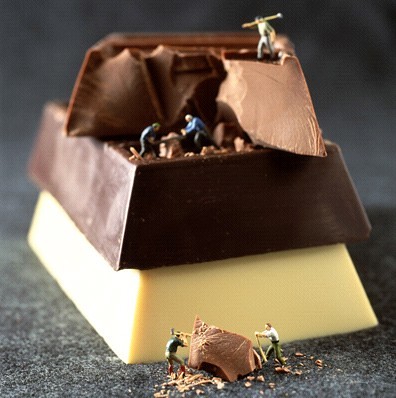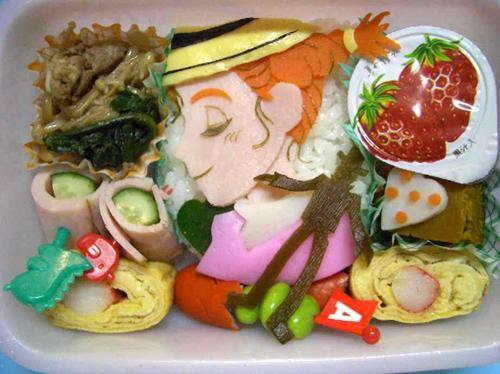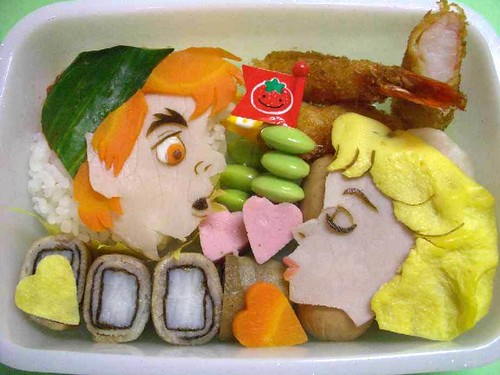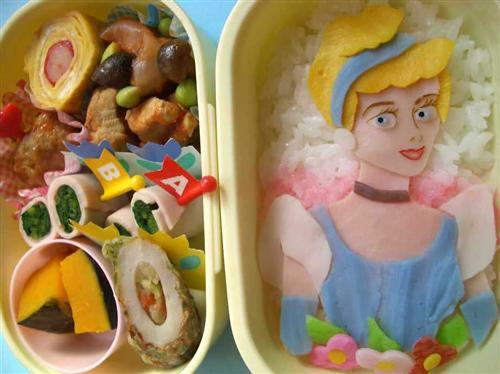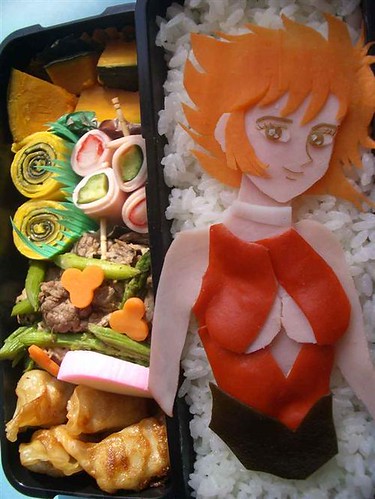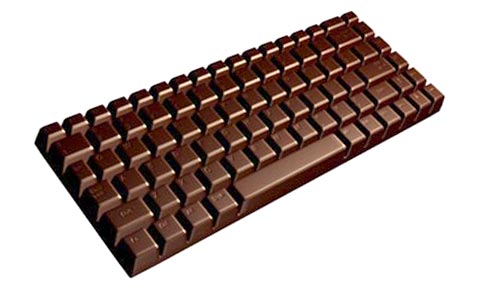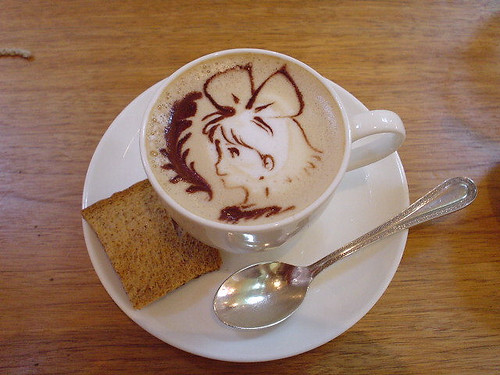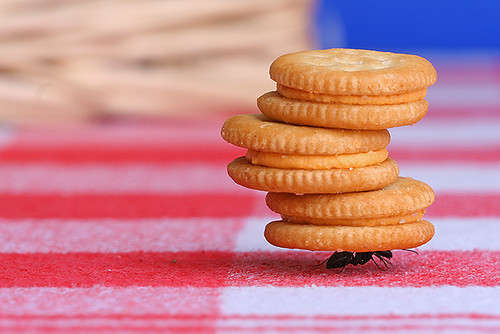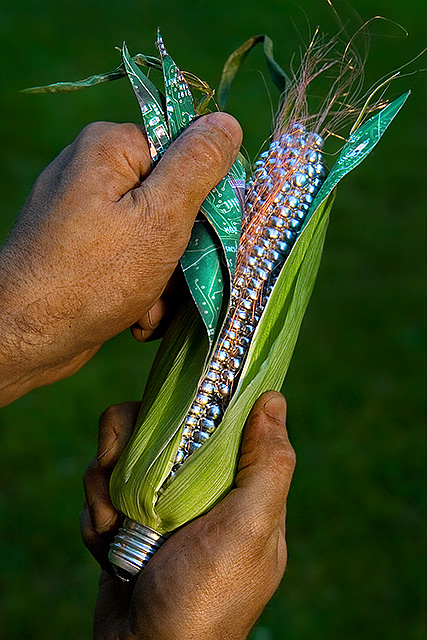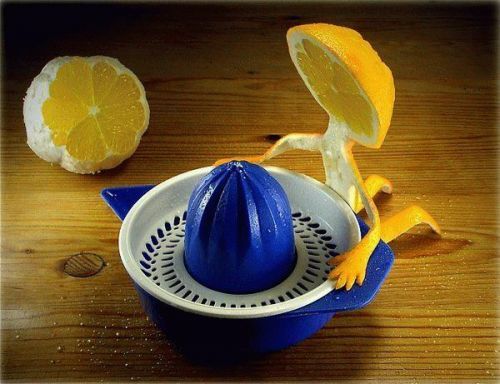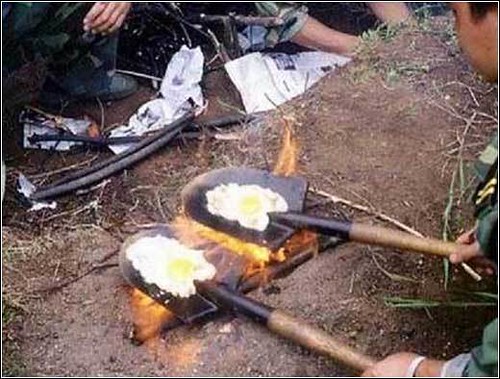Motorists who dread navigating their way around labyrinthine multi-storey car parks should have a much more enjoyable time in this tower block.
 |
Huge signs exploit perspective to give clear directions to drivers in particular lanes, while appearing abstract and unreadable to other car users.
 |
The huge coloured markings – which read Up, Down, In and Out – were installed in the 92-floor Eureka Tower in Melbourne, Australia, the world’s tallest residential building.
 |
The lower 10 floors of the building house a private car park for 800 vehicles.
 |
The signs are intended to convey clear information to motorists at key decision-making points, meaning drivers will no longer have to crane their necks looking for the directions that are meant for them.
 |
Their size – covering the full height of the car park walls – and bold primary colours are also intended to help engage drivers.
 |
The signs were created by a graphic design team including Australian Garry Emery and German Axel Peemoeller, and inspired by the work of Swiss artist Felice Varini, who uses perspective to create 3D illusions in public spaces.
 |
The lettering was arranged by painting over text projected onto the walls from the perspective of drivers.
 |
The car park directions have been honoured at several international design awards, including the 2007 SEGD Awards and the 2006 Good Design awards.
 |
The Eureka Tower is 300 metres tall and houses 560 apartments, 13 lifts and an observation deck on the 88th storey that claims to be the highest viewing platform in the southern hemisphere.
by here




